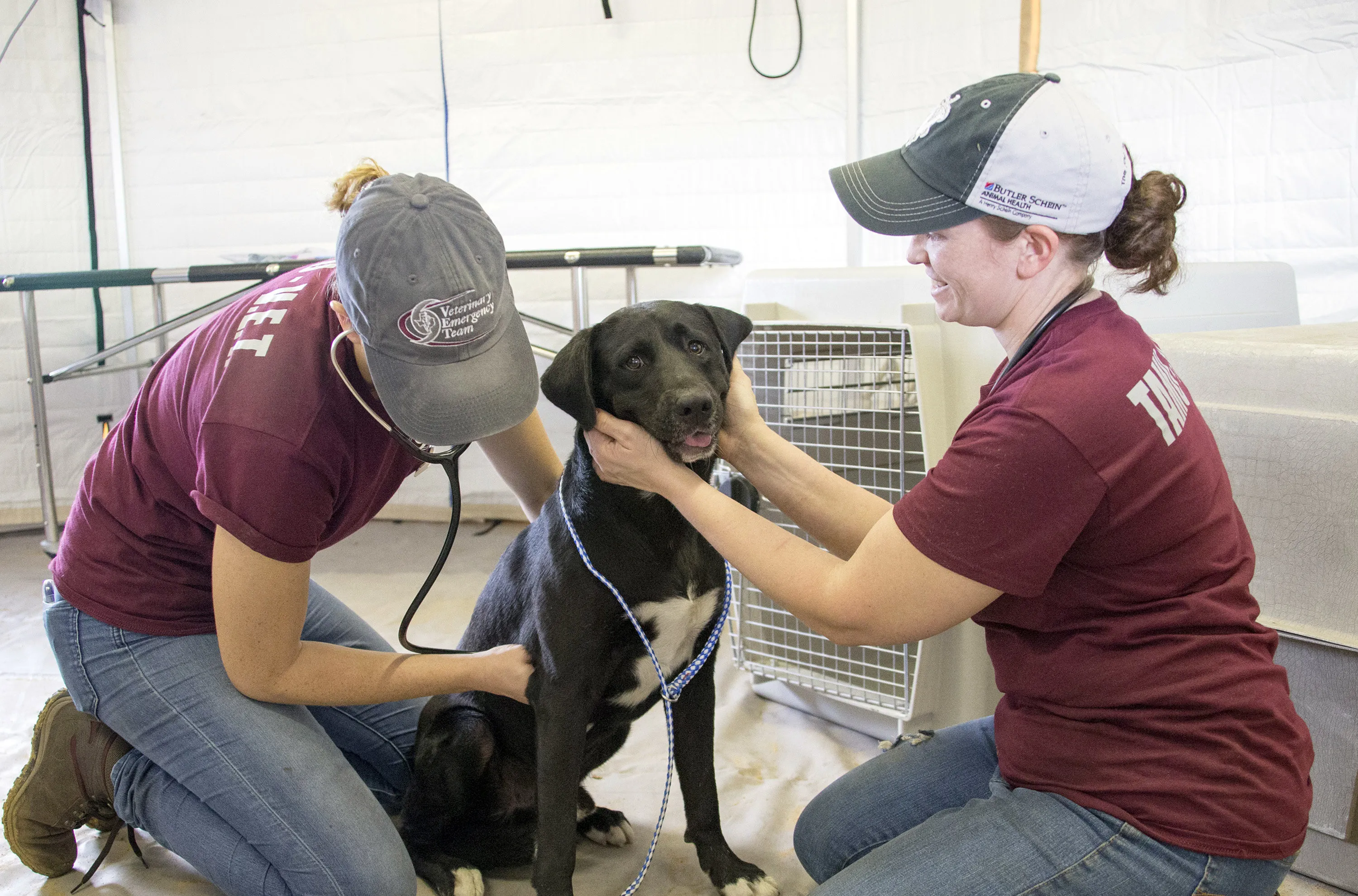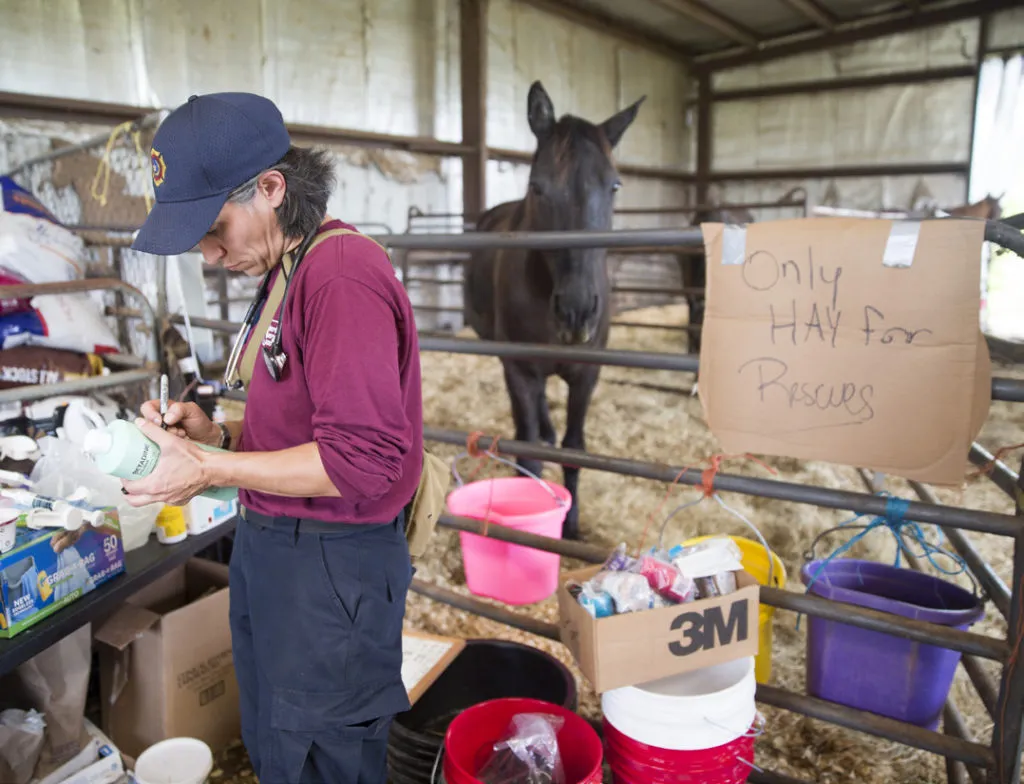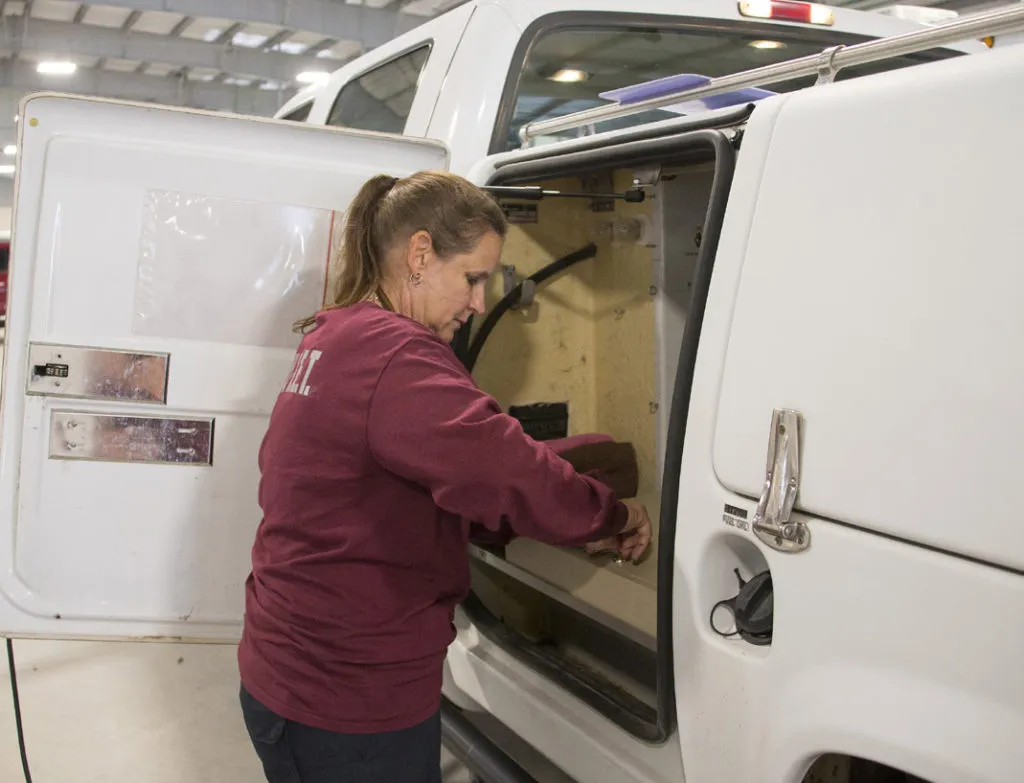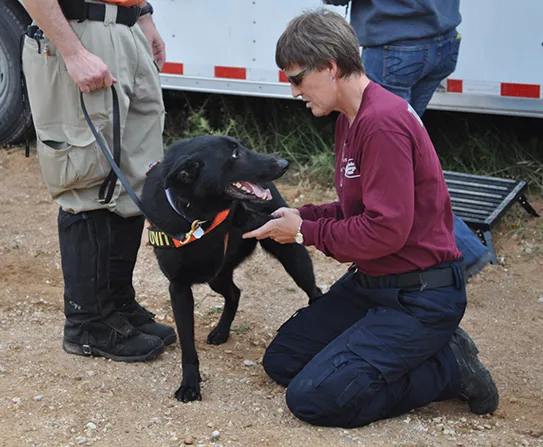Pet owners often dread the thought of a Veterinary Emergency, a sudden and unexpected medical crisis that can threaten their beloved companion’s life. These critical situations demand immediate and expert attention, highlighting the invaluable role of specialized teams dedicated to animal rescue and emergency care. Understanding what constitutes an emergency and how to prepare for one is paramount for every responsible pet parent. When every second counts, knowing where to find help, such as reliable emergency veterinary clinics near me, can make all the difference.
What Constitutes a Veterinary Emergency? Recognizing the Signs
A veterinary emergency encompasses any situation where a pet’s life is in immediate danger or their well-being is severely compromised. These can range from traumatic injuries to sudden, severe illnesses. Recognizing the signs early is crucial for a positive outcome. Common scenarios include accidents like being hit by a car, falls from a height, or severe animal fights, leading to fractures, internal bleeding, or deep wounds. Acute illnesses such as sudden collapse, difficulty breathing, continuous vomiting or diarrhea, severe allergic reactions, or seizures also fall into this category. Additionally, exposure to toxins (like chocolate, certain plants, or household chemicals) can quickly become life-threatening.
If you suspect your pet is experiencing an emergency, look for symptoms such as extreme lethargy, unresponsive behavior, pale gums, rapid or labored breathing, excessive drooling, distended abdomen, or inability to urinate or defecate. Any sudden change in behavior coupled with physical distress should prompt immediate concern. Don’t hesitate to seek professional help; it’s always better to be cautious. Finding an emergency veterinary hospital near me is a critical first step if you observe any of these alarming signs in your pet.
The Lifesaving Role of Emergency Veterinary Teams
Emergency veterinary teams play a crucial role, not just in everyday pet crises but also in large-scale disasters. Organizations like the Texas A&M Veterinary Emergency Team (VET) exemplify this dedication, operating as one of the nation’s most sophisticated teams. They provide essential medical support to urban search-and-rescue units and resident animals during natural and man-made disasters, acting upon requests from task forces or local jurisdictions. Their expertise extends beyond immediate medical care; they are also committed to training future veterinarians in emergency preparedness and response, building a legacy of service and cutting-edge emergency management education. This blend of practical intervention and academic advancement ensures a continuous improvement in the field of animal emergency response.
 Vet team members with dog working in a field
Vet team members with dog working in a field
These specialized teams are dedicated to “serving our state and nation every day” by advancing research in emergency response, ensuring that the latest techniques and knowledge are applied to save animal lives. Their work is multifaceted, involving outreach, ongoing education, and direct service, all underpinned by rigorous research. This comprehensive approach means that when a disaster strikes, whether a hurricane, flood, or another large-scale event, these highly trained professionals are ready to deploy, offering critical veterinary care in challenging environments.
Preparing for Pet Emergencies: A Proactive Approach
Preparedness is a cornerstone of effective emergency management, both at the community level and within individual households. Understanding how to prepare your animals for potential disasters can significantly reduce stress and improve outcomes. Community-level planning involves establishing protocols for animal evacuation, sheltering, and medical care during widespread emergencies. This often includes collaborating with local animal shelters, veterinary clinics, and government agencies to ensure a coordinated response. Being aware of these community plans can help pet owners understand their roles and responsibilities during a crisis.
For individual pet owners, preparedness involves several key steps. Start by assembling an emergency kit for your pet, including food, water, medications, vaccination records, a first-aid kit, and comfort items. Ensure your pet is microchipped and that your contact information is up-to-date. Have a designated safe place for your pet to go during an emergency, whether it’s a pet-friendly hotel or a friend’s house outside the immediate danger zone. Practicing evacuation routes and familiarizing your pet with their carrier can also be beneficial. Taking these proactive measures can make a significant difference in your pet’s safety and well-being during unforeseen circumstances. For example, knowing how to treat a dog’s paw pad injury can be invaluable in a pinch, even before professional help arrives.
 Vet team member with horse during a training exercise
Vet team member with horse during a training exercise
Finding Emergency Veterinary Care
When an emergency strikes, immediate access to veterinary care is paramount. Knowing your options beforehand can save precious time. Most areas have dedicated near by veterinary hospital facilities that operate 24/7, specifically equipped to handle critical cases. These hospitals often have specialized diagnostic tools, surgical capabilities, and intensive care units to provide comprehensive treatment around the clock. It’s wise to have the contact information and directions to at least two such facilities readily available, ideally in a visible place like your refrigerator or saved on your phone.
In addition to 24-hour emergency hospitals, some general veterinary clinics offer extended hours or have an on-call veterinarian service for their established clients. Always clarify your regular vet’s emergency protocol during routine visits. In situations where time is of the essence, searching for a [24hr animal hospital near me](https://dogcarestory.com/24hr-animal-hospital-near me/) online or via a quick call can provide immediate directions to the nearest open facility. Do not attempt to self-diagnose or treat severe conditions, as this can often worsen the situation or delay life-saving professional intervention.
 Vet team members working with a support van at a disaster site
Vet team members working with a support van at a disaster site
Supporting Veterinary Emergency Efforts
The critical work performed by veterinary emergency teams and hospitals often relies on ongoing support and resources. These teams, comprising trained faculty and staff, commit themselves to deployable response efforts, both in academic settings and in the field. They are instrumental in preparing veterinary professionals and students to participate effectively in emergency response initiatives at local, state, and federal levels. The specialized training, equipment, and logistics required for these operations are substantial, making community and individual contributions highly impactful.
 Texas A&M Veterinary Emergency Team (VET) Director examines a search-and-rescue canine in the field
Texas A&M Veterinary Emergency Team (VET) Director examines a search-and-rescue canine in the field
Financial contributions, for instance, help fund critical research, develop advanced emergency management education programs, and procure necessary supplies and equipment for disaster response. Supporting these organizations ensures that they can continue to provide cutting-edge care and maintain their readiness for any crisis that may arise. Even volunteering time or spreading awareness about pet emergency preparedness can contribute significantly to these vital efforts, reinforcing the network of care available for animals in need.
Conclusion
Navigating a veterinary emergency can be a daunting experience, but with proper knowledge and preparation, pet owners can significantly improve outcomes for their beloved companions. Recognizing the signs of an emergency, understanding the critical role of specialized veterinary emergency teams, and taking proactive steps to prepare are all essential components of responsible pet ownership. From assembling an emergency kit to knowing the locations of 24-hour animal hospitals, every action contributes to your pet’s safety. By staying informed and supporting the dedicated professionals who work tirelessly to protect animals in crisis, we ensure that our pets receive the best possible care when they need it most. Prioritize your pet’s well-being by always being prepared for the unexpected.
